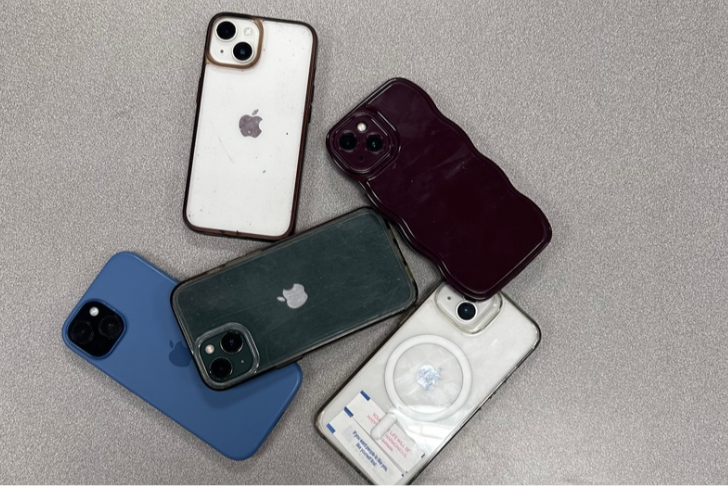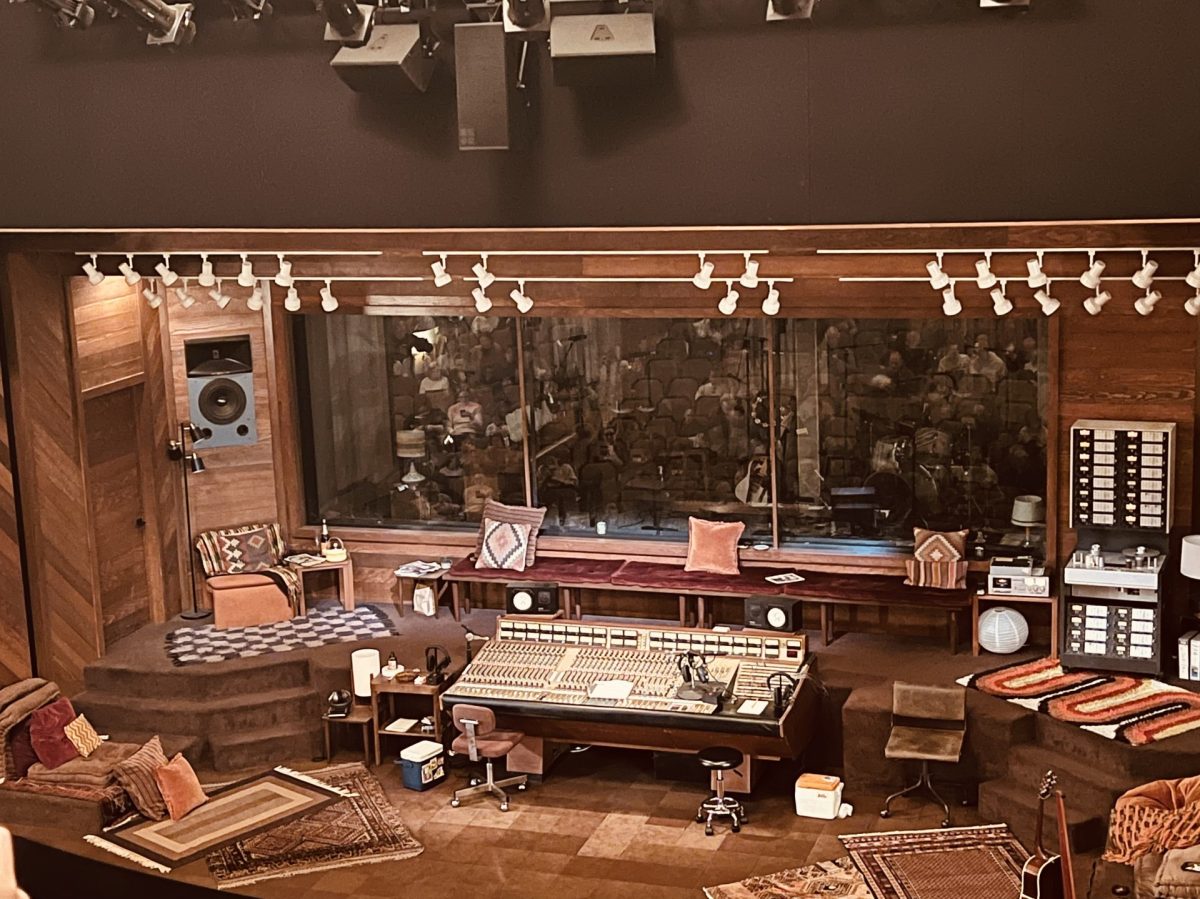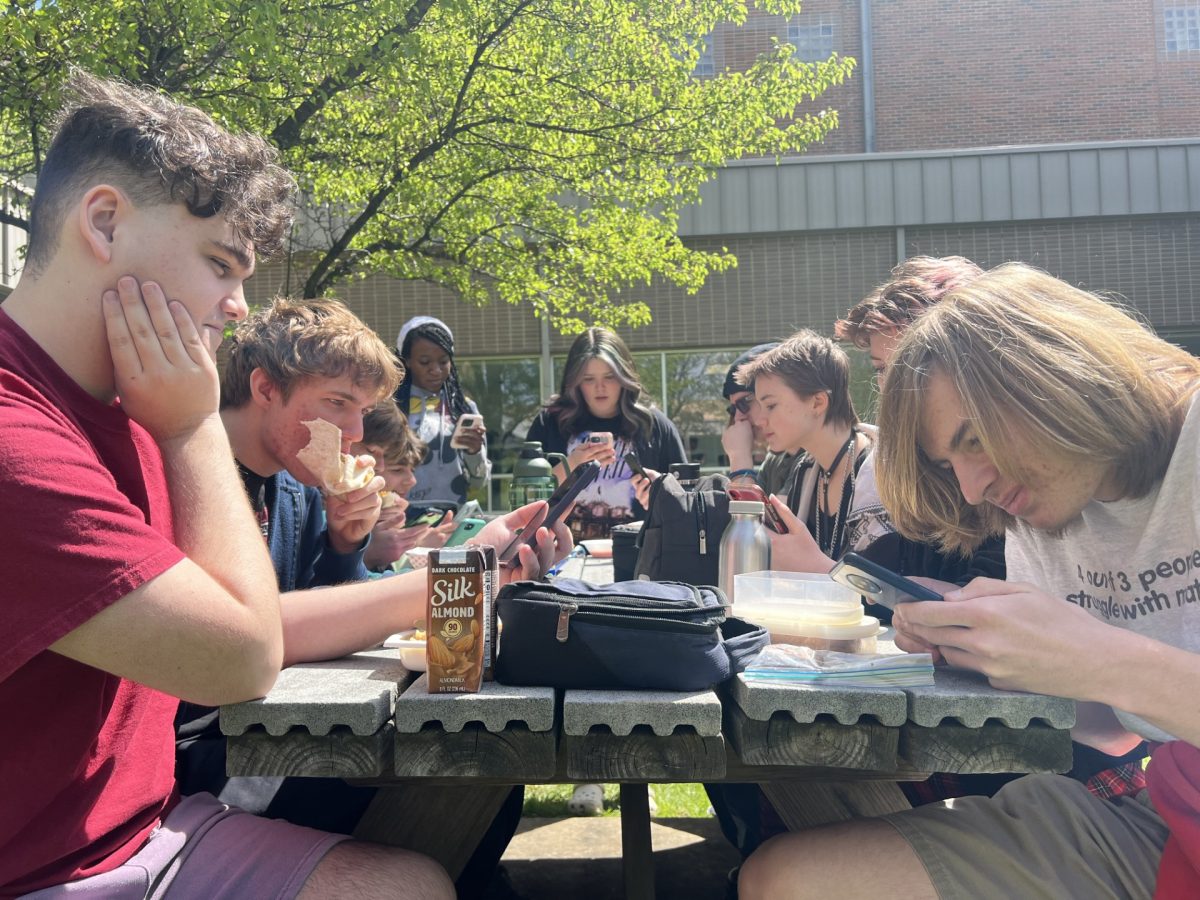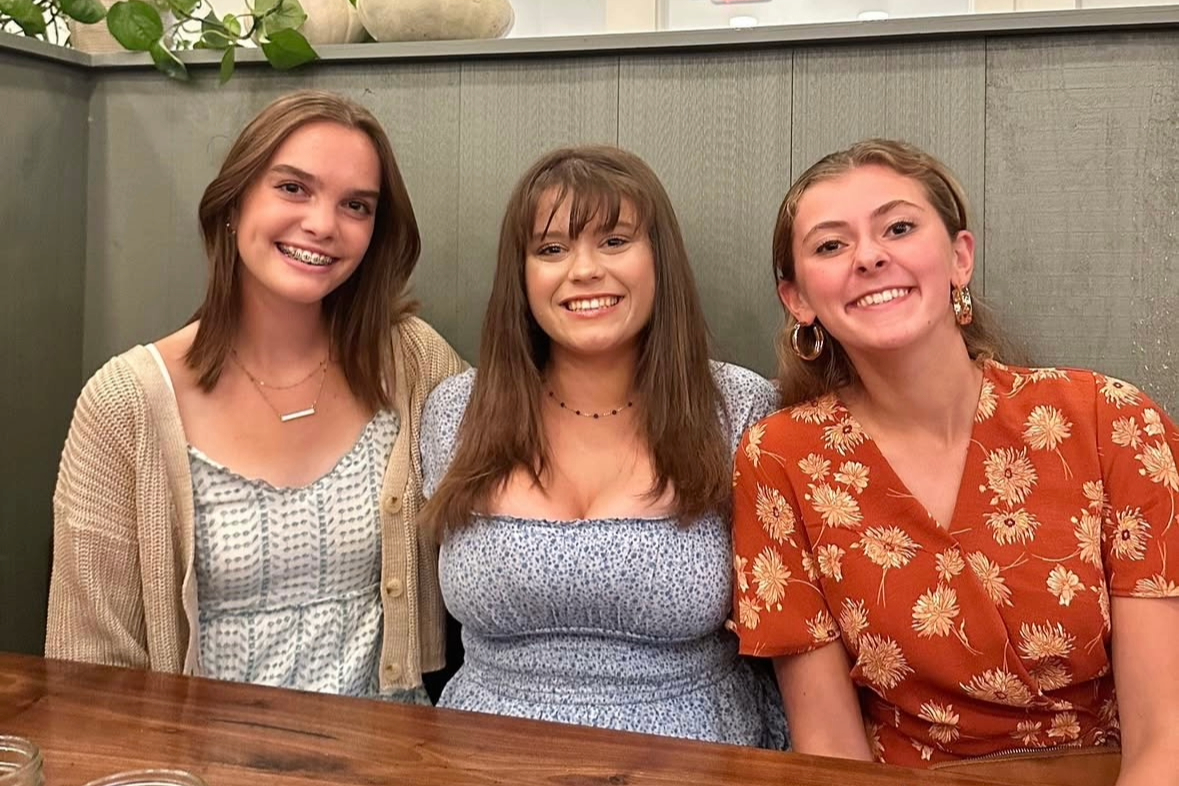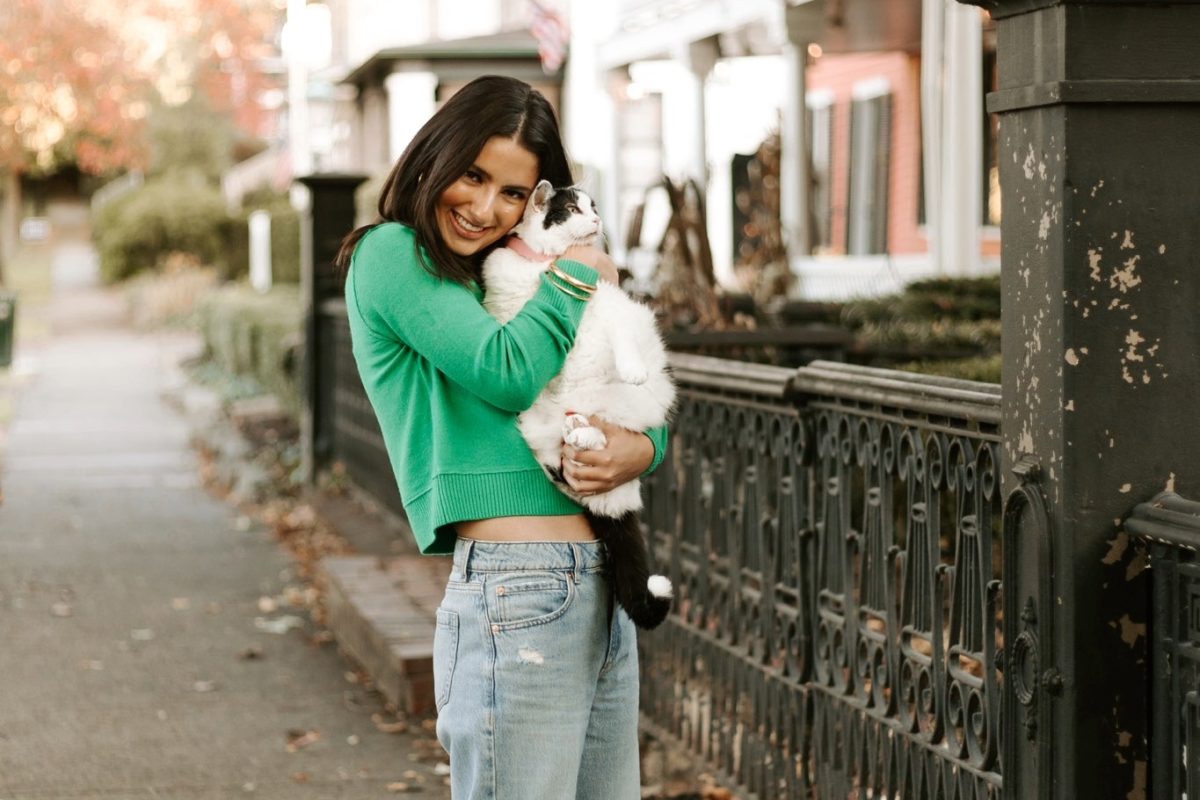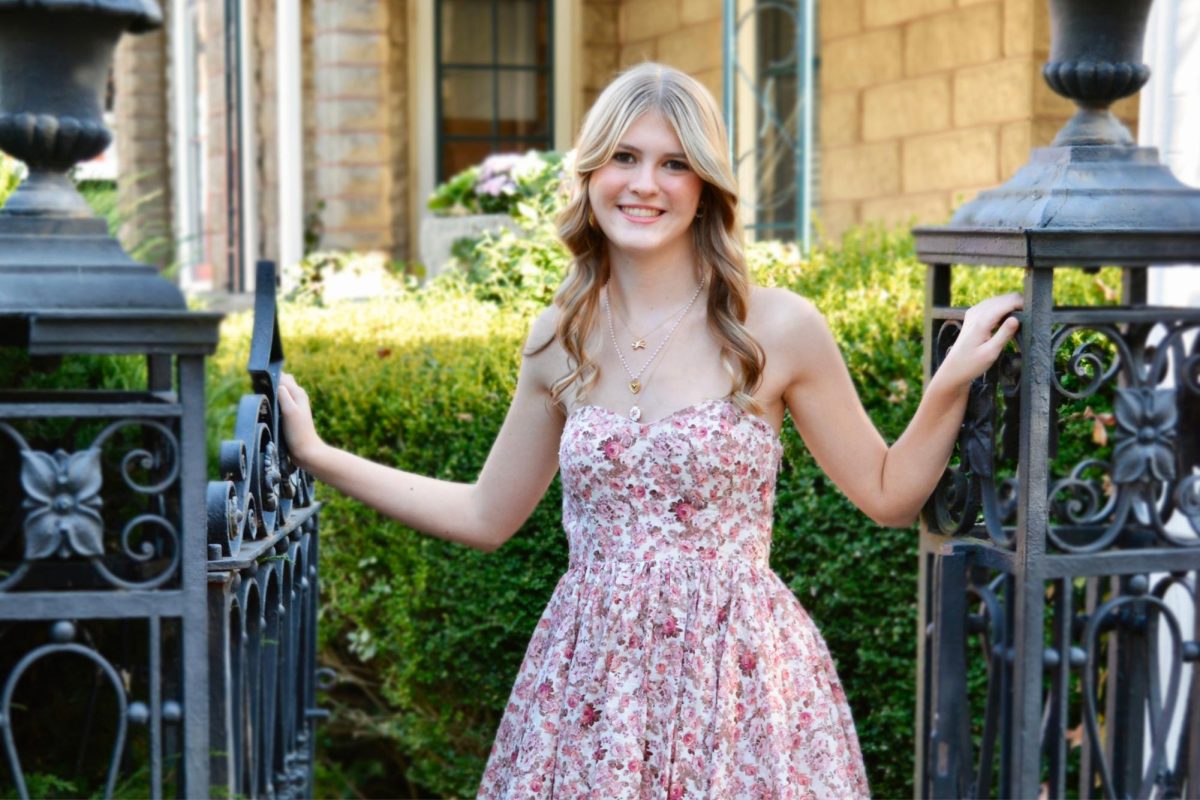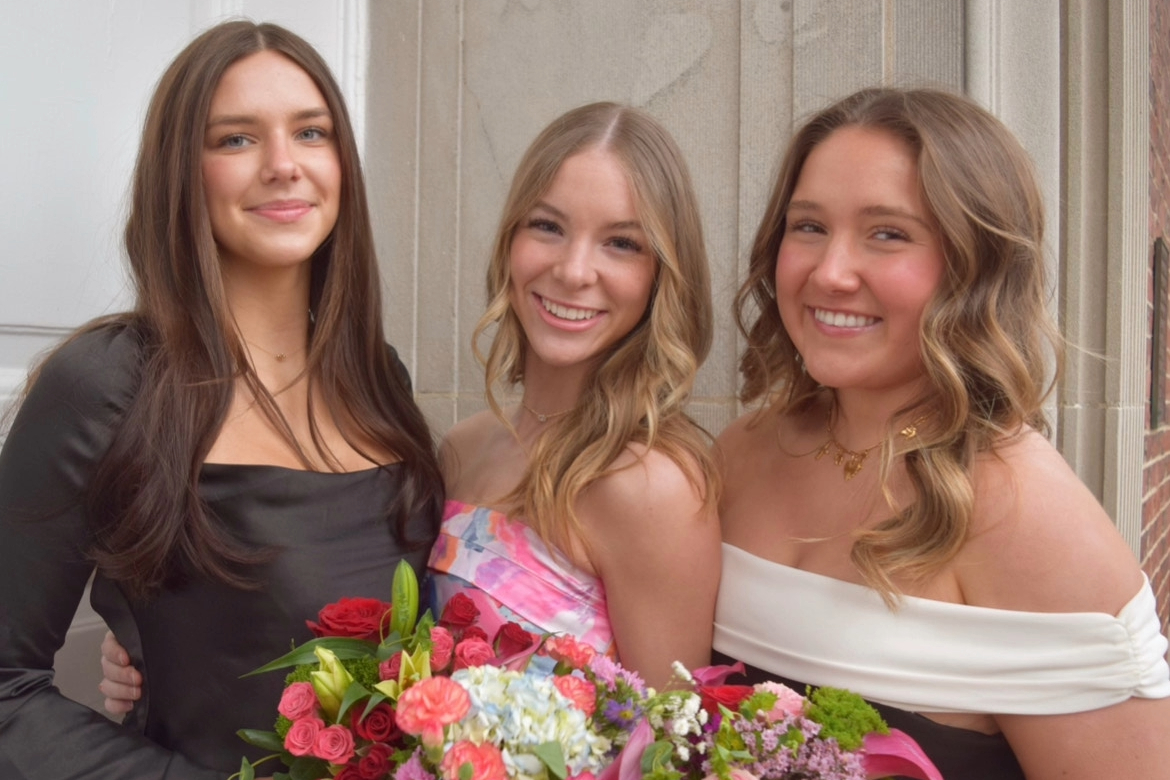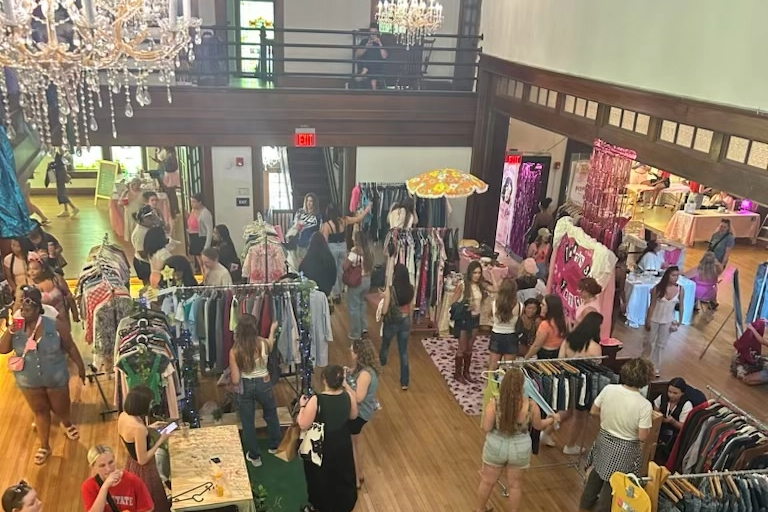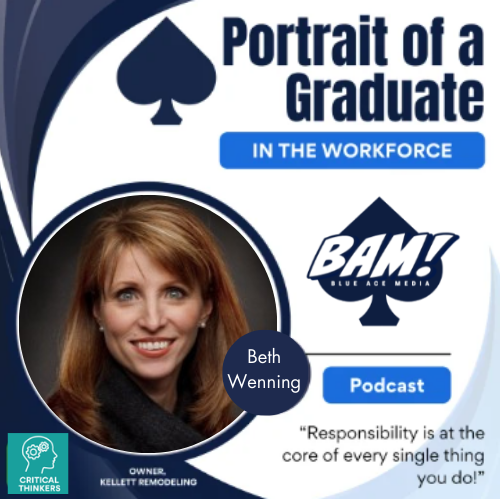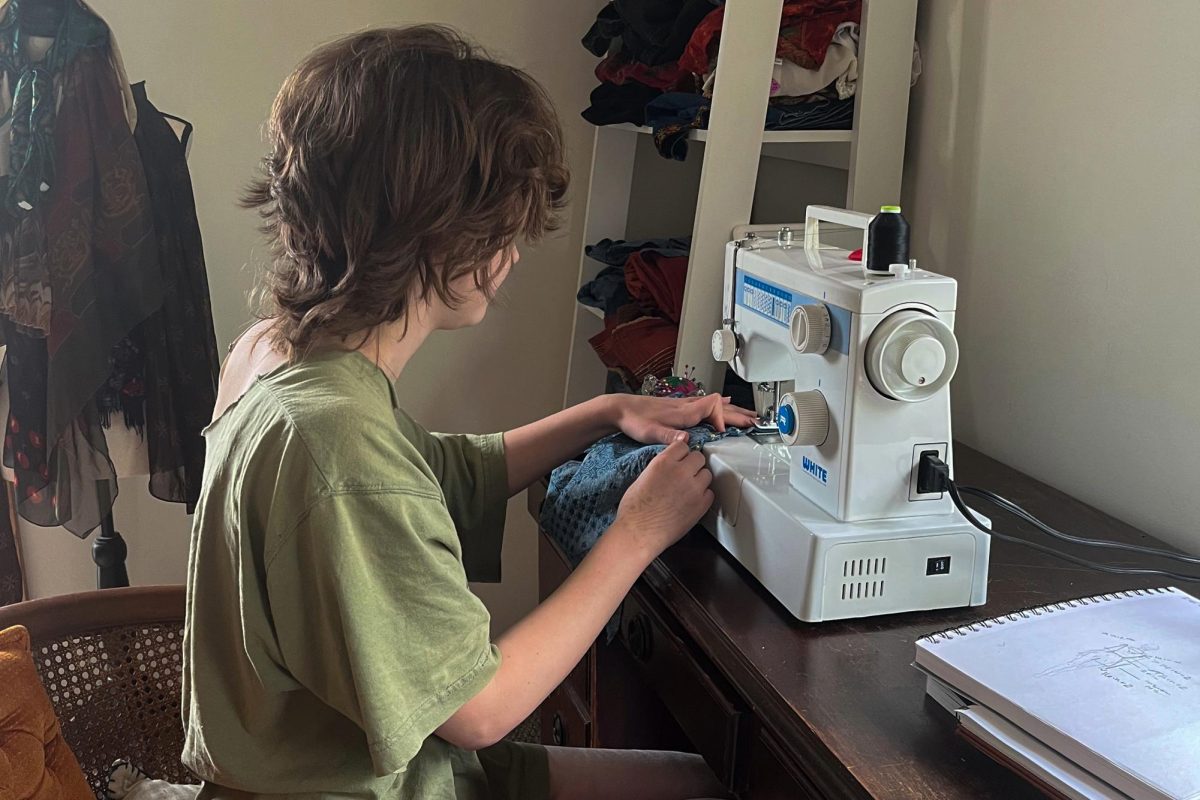Sustainability and individuality are two ideas that bring together an entire community of environmental and fashion lovers.
Sustainability means minimizing waste, whether it’s by mending, buying less, as well as other methods. Sustainable fashion isn’t complicated; however, not a lot of people attempt to make their wardrobe more sustainable.
“Most fabrics waste a lot of water; for example around 2,700 liters for one t-shirt,” founder of the Sustainable Fashion Club Ava Rose Pastis said. “These fabrics are typically weaved with chemically designed fabrics to be cheaper which can be released into the environment upon their creation as well as later when dumped as a new trend begins.”
There are several fast fashion brands that should be avoided due to the cheaply made material, some of which include Shein, H&M, Forever 21 and Temu.
“I don’t agree with what they do, because the quality of the clothes are terrible, they treat their workers awful, and it’s just really cheap clothing for really bad quality, and that’s why people buy them, because it’s really cheap,” sophomore Evelyn Koehler said. “It feels like I’m supplying a company that treats their workers terribly, and then I feel awful.”
It can be argued that the worst part of fast fashion is micro trends.
“I am not a fan of fast fashion at all, specifically things like micro trends that are literally popular for like a week and then everyone is disgusted by them the next.”
The sustainable fashion club, founded by Pastis, encourages consumers to buy second hand, waste and buy less, upcycle, mend, and when buying new, make good choices in order to reduce waste and create a sense of individuality.
“When you do this, you create individuality in your style by creating your wardrobe which is special, personal and unique,” Pastis said.
Sustainability doesn’t mean you can’t buy new or participate in trends; it just means it’s necessary to get clothes that you know you will wear for a long time.
”People think with sustainable fashion, you can’t buy new or take part in trends when you can,” Pastis said. “Like I mentioned before, buying new is fine if the item is made well/responsibly and something that will be worn multiple times. Regarding trends, you can find things at a thrift store, in a family/friend’s home or make your own 99% of the time.”
If you do buy second hand, you can build your sense of identity through unique clothing.
“I personally love wearing thrifted clothing items, it feels so cool to wear something that someone else once loved as much as I do now,” sophomore Lila Norwood said. “I also am a big fan of vintage fashions so it is truly the best and most affordable way to acquire anything like that. I also do alterations on thrifted finds to make them fit me or my style more wish always feels super cool because once again it’s giving it a new life.”
While the future of sustainable and fast fashion is unknown, it is an important thing to think about when pondering effects like climate change, chemical waste, and pollution.
“I don’t see [sustainable fashion} going away soon, however many companies have moved toward producing more products sustainably,” Pastis said. “More people need to be educated on the topic in my opinion if we want big change. Obviously there is climate change from [fast fashion], so I believe there are potential repercussions that could bleed over to socioeconomic aspects of the world.”


